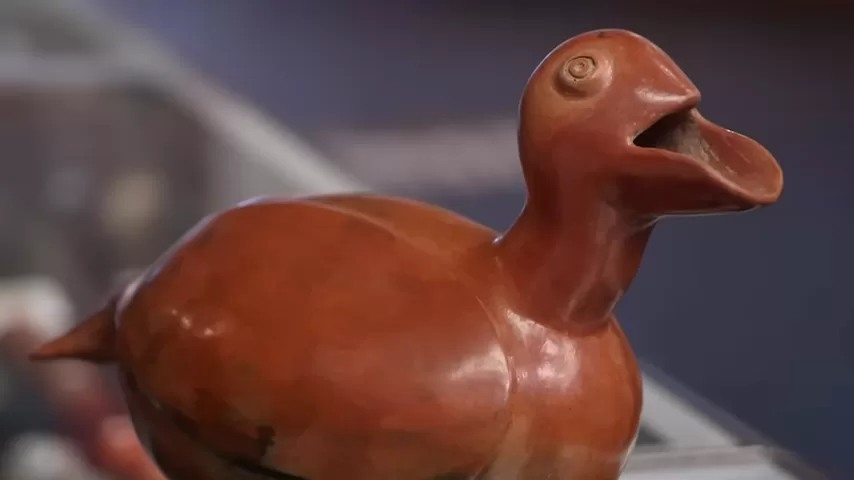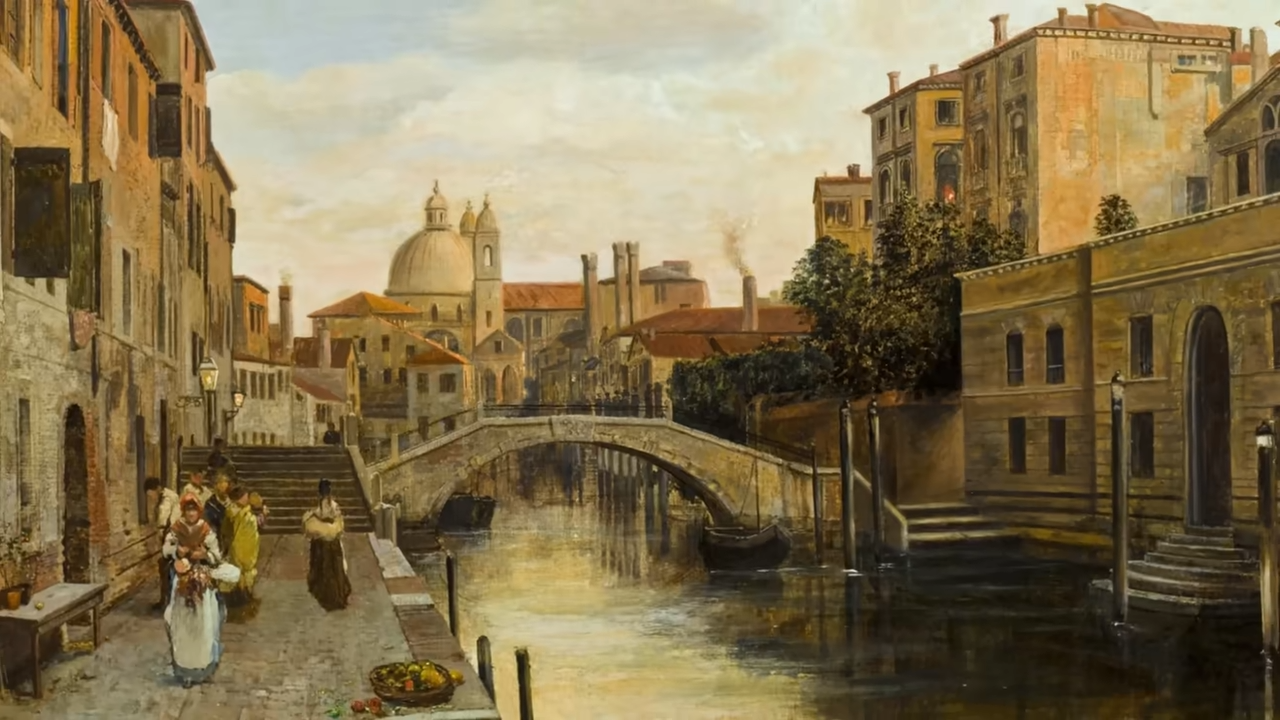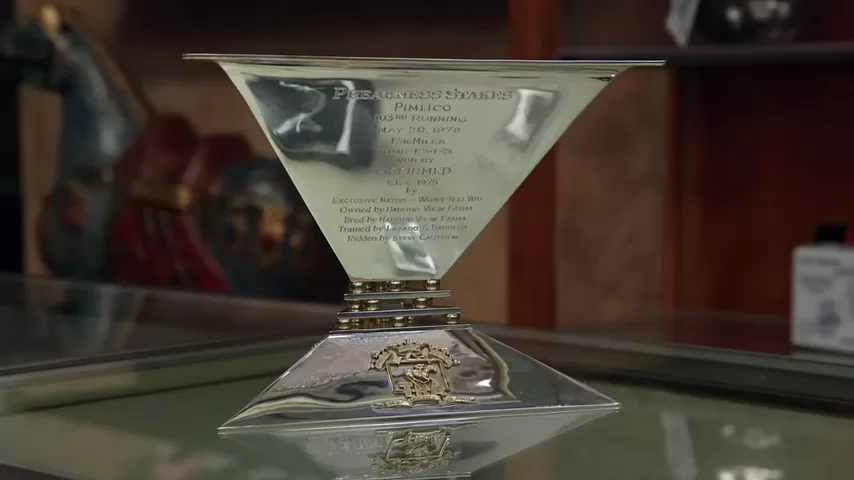When you walk into a dusty antique shop on a road trip through a small town, expectations are usually modest. You’re thinking: mismatched china, old tools, maybe a few vinyl records, or—if you’re lucky—a vintage sign. But every once in a while, you stumble upon something rare. Something real. Something centuries old and culturally priceless.
That’s exactly what happened at The Ugly Trailer Antiques in Hurricane, Utah.
“Even when I’m on vacation, I can’t help myself,” the buyer laughed. “I’m always looking for deals.”
And what he found wasn’t just a deal. It was a samurai helmet from Japan’s Edo period, mispriced at just $300.
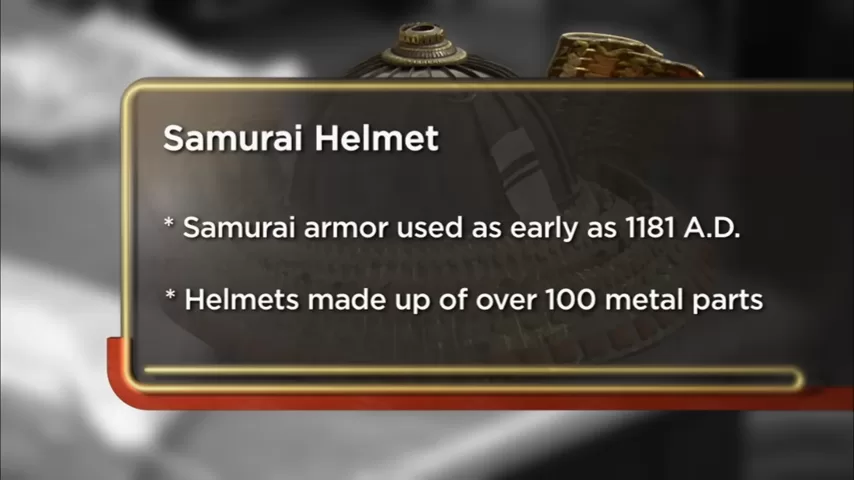
Welcome to Treasure Hunting 101
Antique stores are unpredictable. One might be filled with junk, another packed with treasures. Some sellers have no idea what they have; others think every item in their shop is a national treasure. That’s part of the fun—and the gamble.
So when the buyer spotted a curious-looking helmet tucked on a shelf with a handwritten $300 tag, he didn’t hesitate to ask about it.
“Do you know anything about this?” he asked the shop owner.
“It’s on consignment,” the owner replied. “I don’t really know much about it.”
From across the room, it looked like some sort of decorative piece—possibly a reproduction. But up close, the craftsmanship told a different story: aged iron, intricate lacing, and patina in all the right places.
And that’s when the buyer dropped the bombshell:
“You’re not asking nearly enough for this thing.”
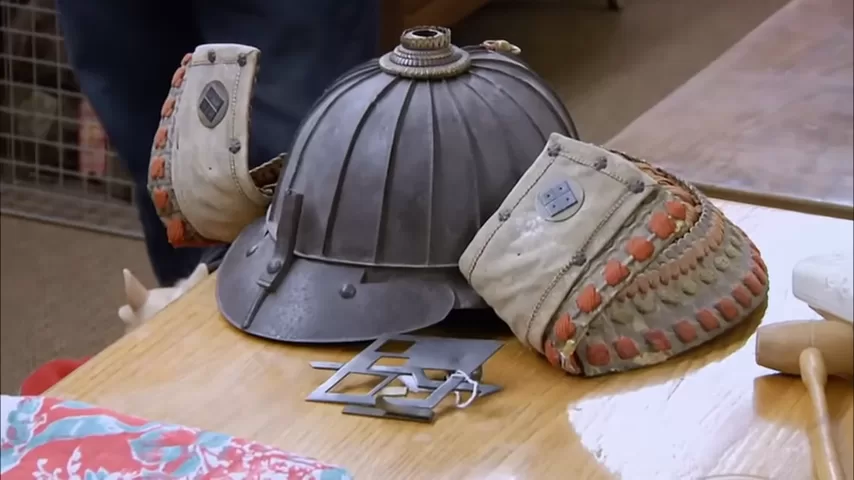
Identifying the Treasure: Edo Period Samurai Helmet
The helmet turned out to be an authentic Japanese kabuto, dating from the late Edo period, which lasted from 1603 to 1868. That era was one of peace and political stability in Japan, under the rule of the Tokugawa shogunate. Though it was largely post-war, the period saw an explosion in ceremonial armor and high craftsmanship.
Kabuto helmets from this time weren’t just battlefield gear—they were symbols of rank and honor, often worn during ceremonial parades and formal samurai duties.
“You had the emperor at the top,” the buyer explained. “And samurai were essentially the nobility—like dukes and earls in England.”
Everything about the helmet checked out. The structure, design, and wear all lined up with known Edo-era kabuto styles. The helmet likely belonged to a mid-to-upper-ranking samurai, possibly one who served in the court or local government.
And while samurai swords are seen more often in the collector market, helmets are considerably rarer—especially in this condition.
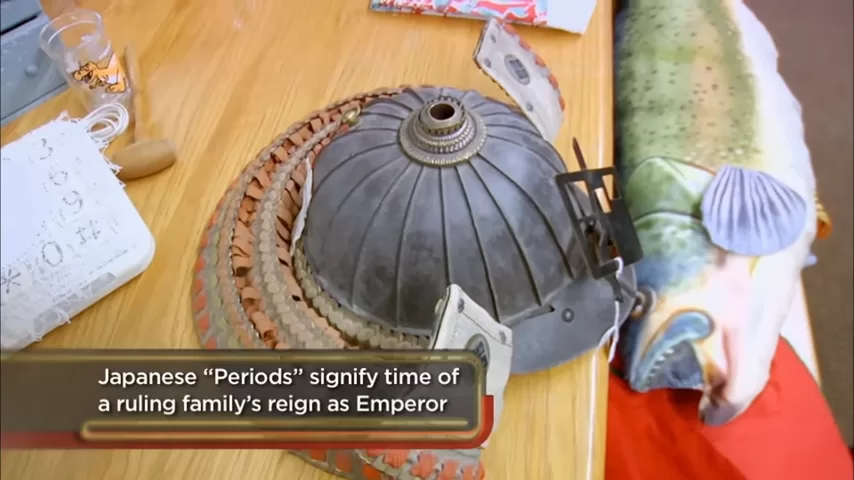
Karma Points Before Profit
Instead of quietly flipping the helmet, the buyer did something you don’t often see on the collectibles circuit: he told the store the truth.
“I have a conscience. I believe in karma.”
He informed the shopkeeper that the helmet could easily retail for $2,500 or more, depending on provenance and condition. While the shop owner was stunned, he was also grateful—and decided to update the price accordingly.
“The guy who owns it on consignment is going to be thrilled.”
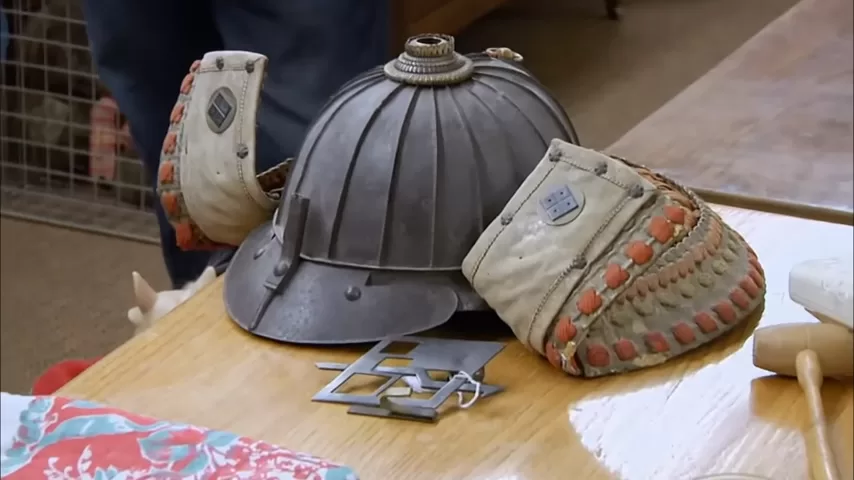
The Negotiation: From $300 to $1,650
Of course, once the item’s true value came out, so did the negotiation.
“What would you give me for it?” the owner asked.
“Twelve fifty,” the buyer replied, kicking off the back-and-forth.
The shop owner pushed for $2,000, now fully aware of what he had. They settled at $1,650, and both walked away smiling. The buyer got a high-value collectible at a fair price. The shop got a major win for a consignment item that had been gathering dust. And the original owner? Likely in for a great surprise.
“Usually I say that goes to show—when you walk into a small-town antique shop, you never know what you’ll find. This time, I found a samurai helmet.”
Why It Matters: The Appeal of Edo Armor
Samurai culture continues to captivate people around the world. From the Bushido code to their legendary swords, the warrior class of feudal Japan carries a mystique unmatched by many other historical groups. Owning a piece of that past—something that was actually worn by a samurai—is like holding living history in your hands.
But authenticity is key. And so is condition. The vast majority of helmets on the market are:
- Reproductions from the 20th century
- Pieced-together parts (mismatch of components)
- Lacking documentation or provenance
Finding one that’s all-original, Edo-period, and complete is rare.
“Over the years, I’ve seen a few samurai helmets,” the buyer said. “And a lot of swords. But this one… this one’s special.”
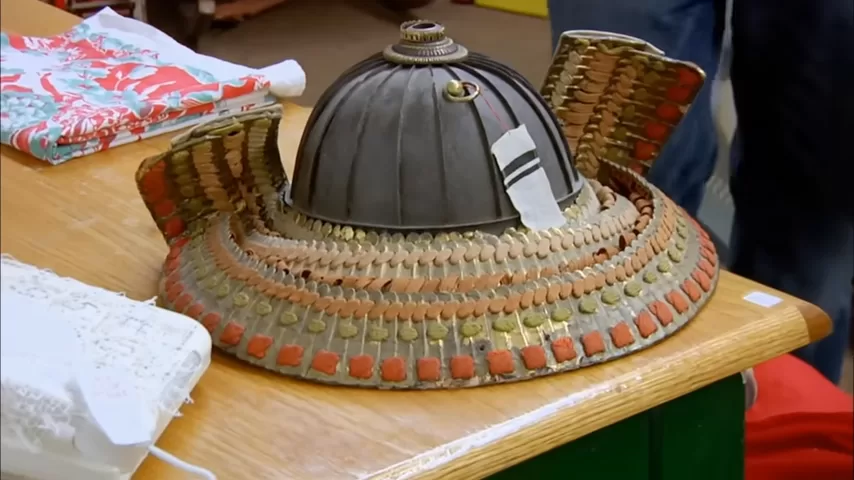
The Modern Collector’s Takeaway
For collectors, antique dealers, or even curious travelers, the lesson is clear:
- Always look closely.
- Ask questions.
- Know what you’re looking at.
- And when in doubt—do the right thing.
That helmet could’ve gone unnoticed, undersold, or worse—forgotten. Instead, thanks to an honest eye and a savvy collector, it’s now in the hands of someone who appreciates its value—both historical and monetary.
Final Thoughts: From a Dusty Shelf to a Display Case
The samurai helmet story reminds us why antiquing is never just shopping—it’s treasure hunting. And sometimes, the treasures are bigger than you ever expected.
Whether you’re driving through Hurricane, Utah or poking around a flea market in Ohio, there’s always the chance that buried between lamps and lunchboxes, you’ll uncover a piece of forgotten history.
Just remember to watch for the price tag—and bring your conscience along.

